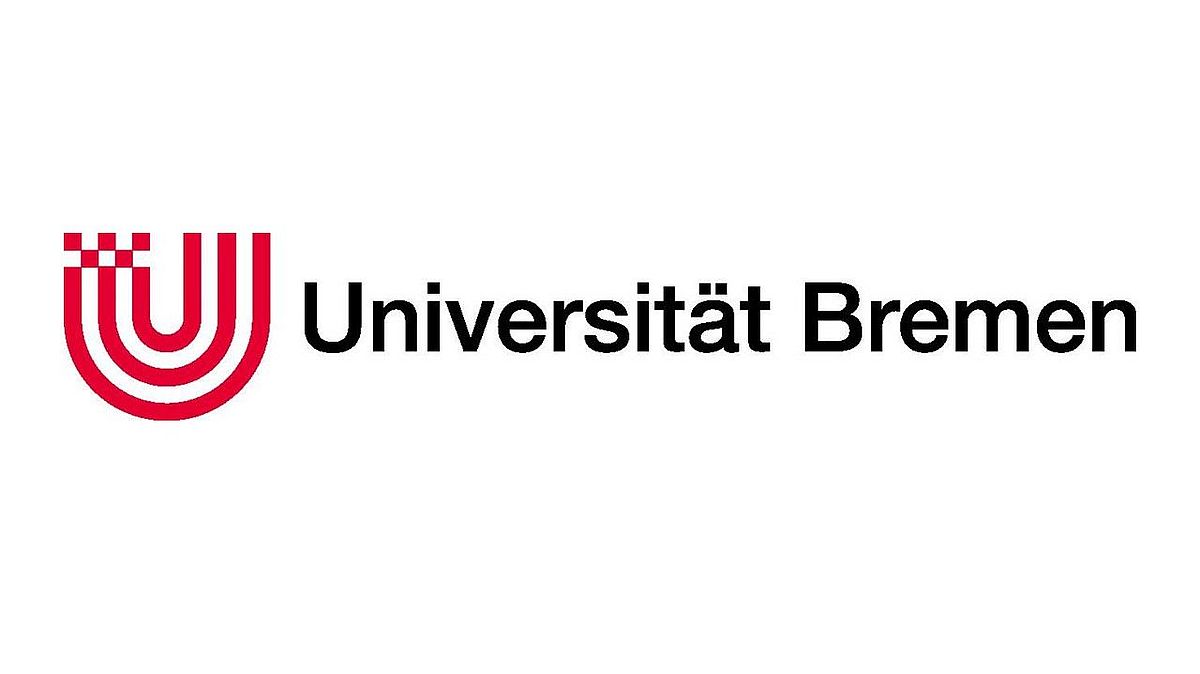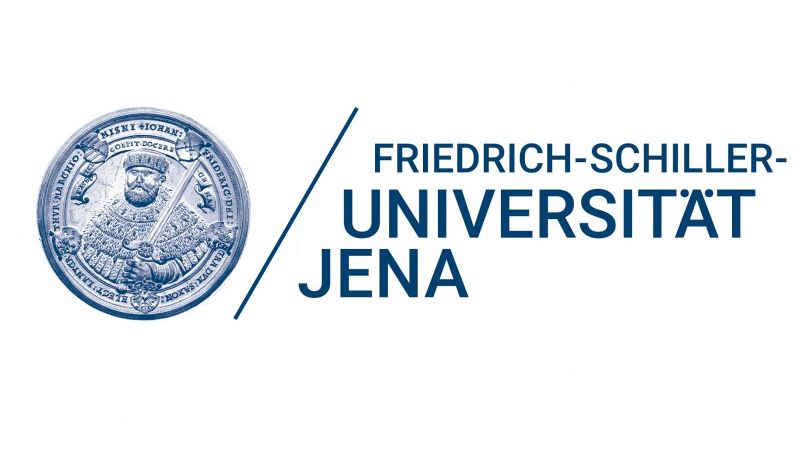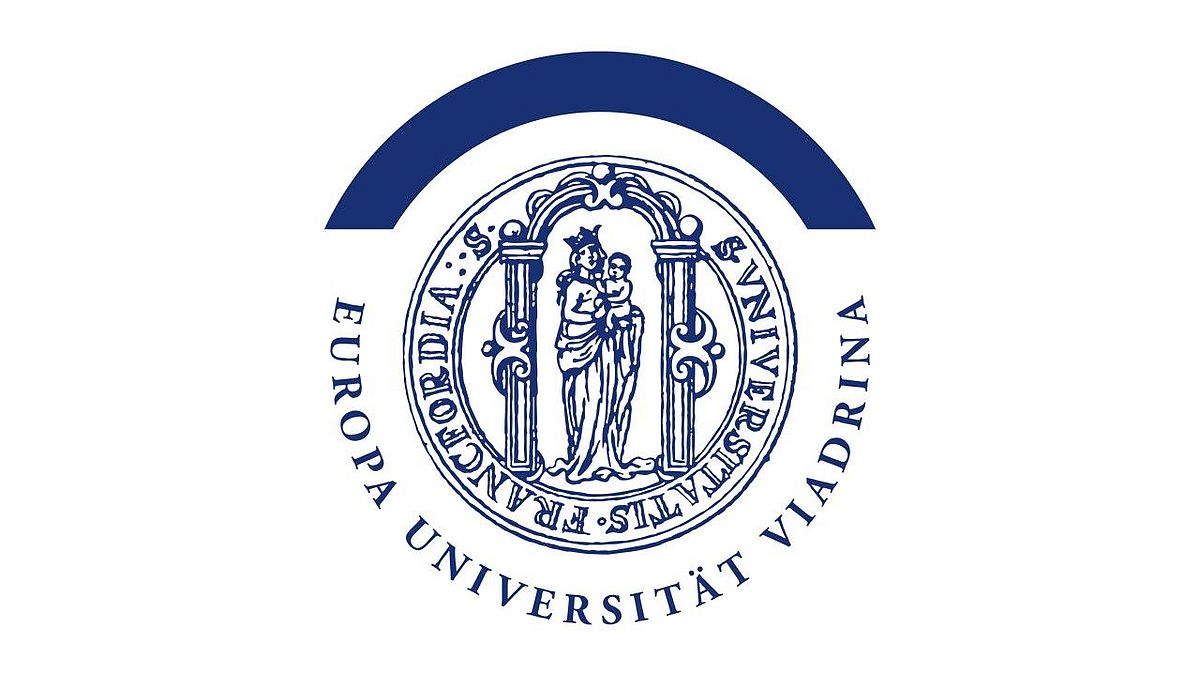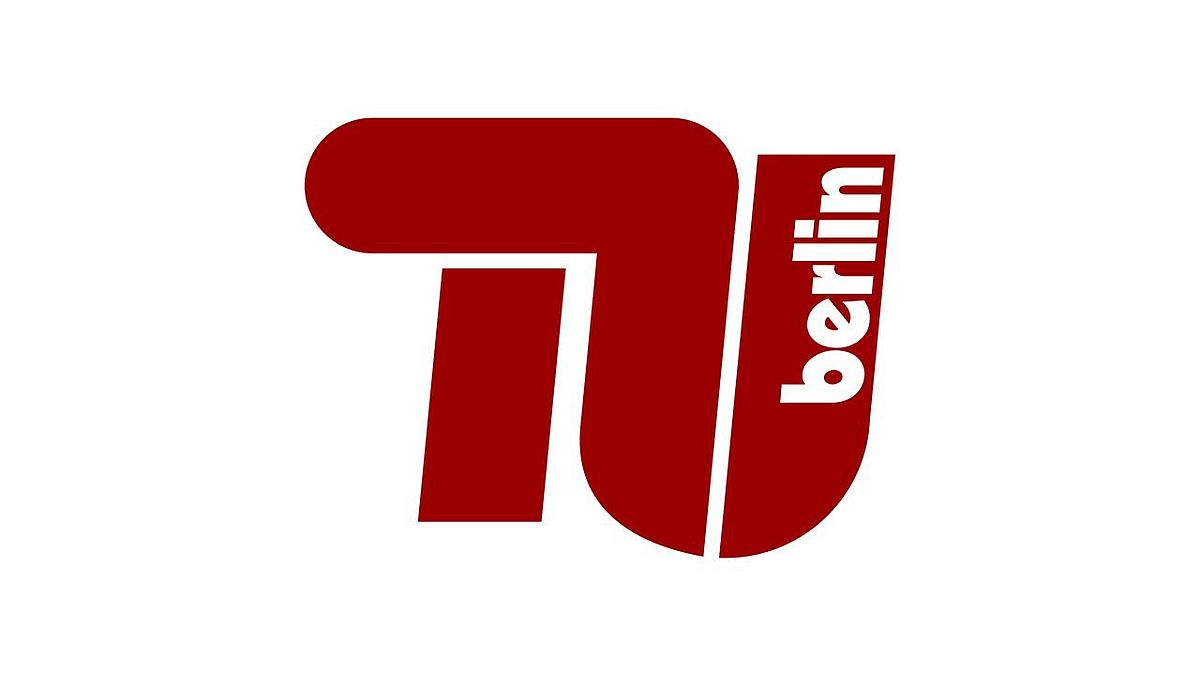Sub-project 3: Origination and development of innovative niches
Origination and development of innovative niches
Team: Dagmara Jajeśniak-Quast (European University Viadrina, head of sub-project 3), Falk Flade (European University Viadrina); Partner: Sławomir Kamosiński (University Bydgoszcz)
Research Questions:
- Under which conditions socalled “innovative niches” came into being and developed in the Polish People’s Republic and the German Democratic Republic (GDR)?
- Which institutions were drivers for modernization?
- Which continuities and discontinuities can be observed aside from the historical breaks of 1945 and 1989?
- What is the explanation for the discrepancy between the progressiveness of economic theory in the Polish People’s Republic and the country´s weak overall economic performance?
- Where are the differences between “innovative niches” in Poland and East Germany?
Approach:
The sub-project focuses on long-term modernization paths in selected economic sectors in Poland and the GDR. Institutional and social factors for the development of competitive companies and hidden champions in the chemical and IT sector are the centre of attention. The sub-project assumes that the success of today’s companies is based on specific conditions enabling such a development. It will pay attention to the breaks during the transition from a planned to a market economy, especially the still under-researched economic continuities and discontinuities before and after the existence of the Polish People’s Republic. In this matter, the transnational circulation of knowledge or the conditions of economic activity in a planned economy are key aspects.
The in-depth research of long-term modernization paths in Poland will enable us to arrive at comparisons with the conditions of economic activity in the GDR as well as pertinent conclusions pertaining to the economic consequences of the transformation in Eastern Germany. Only such a comparison will help to distinguish between country-specific phenomena and systemic factors. Especially the differing economic performances in the Polish People’s Republic and the GDR will allow us to gain important insights into the long-term modernization paths of both countries.





